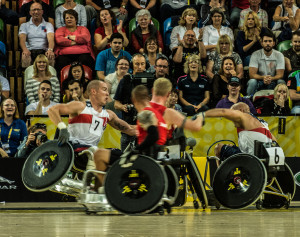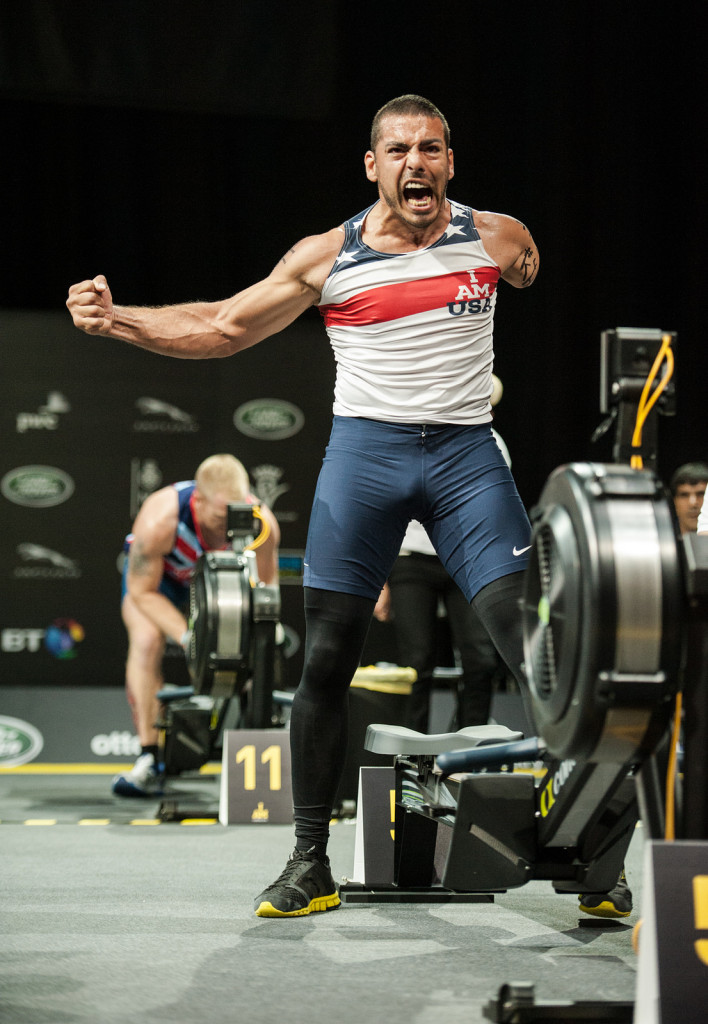Wounded Warriors & Adaptive Sports
 According to the U.S. Department of Veterans Affairs, studies show that adaptive sports provide clear benefits for disabled veterans including less stress, reduced dependency on pain and depression medication, fewer secondary medical conditions (e.g., diabetes, hypertension), higher achievement in education and employment and more independence.
According to the U.S. Department of Veterans Affairs, studies show that adaptive sports provide clear benefits for disabled veterans including less stress, reduced dependency on pain and depression medication, fewer secondary medical conditions (e.g., diabetes, hypertension), higher achievement in education and employment and more independence.
Service men and women, both active duty and veteran, from around the world succumb to wounds, illnesses, and injuries during their time of service. Global awareness of the life-altering impacts from these wounds, illnesses, and injures by non-military and non-military family members has not been fully realized.
In the United States alone, there are over 50,000 wounded Service members – which does not include the invisible wounds: PTS, PTSD, and TBIs. The wounded, ill, and injured men and women in uniform around the world will need live a lifetime of recovery and rehabilitation. But they do not go through the recovery and rehabilitation processes alone; their families are greatly impacted and everyone must adjust to a “new normal” in their daily activities and lifestyle.
Now more than ever, it is critical to highlight the positive role and benefits of adaptive sports in the lives of the wounded, ill, and injured Service members, their families and military caregivers.
Through adaptive sports, Service members often:
- Develop a sense of belonging
- Feel like they are part of a unit again
- Enjoy the sense of camaraderie
- Show increased self-esteem
- Have an outlet for excess energies
- Experience a sense of camaraderie with other Service members whom are wounded
- Do not feel “different”
- Experience an improved quality of life


